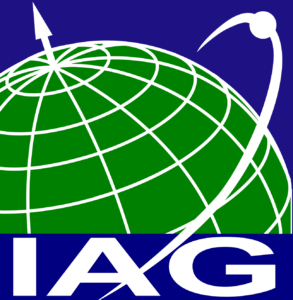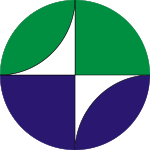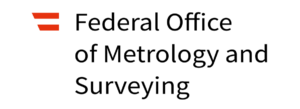
Canadian Geophysical Union 2026 Scientific Meeting – Call for Abstracts
The Canadian Geophysical Union (CGU) announces the opening of abstract submissions for the 2026 Scientific Meeting, to be held May 24–27, 2026, in Halifax, Canada. The Geodesy Section will offer a comprehensive program covering advances in gravity field modelling, geoid and height system modernization, GNSS/GNSS-IR, InSAR, geodynamics, deformation monitoring, satellite missions, and innovations in gravimetry. International contributions from the IAG community are encouraged. Travel support for students and Early Career Researchers is available. The abstract submission deadline is January 10, 2026.

New IAG Publications | Geodesist’s Handbook 2024 & IAG Travaux 2023–2025
The IAG has released two flagship open-access references: the Geodesist’s Handbook 2024 and the IAG Travaux Report 2023–2025. The Handbook presents IAG statutes, structure, officers, and planned scientific activities, while the Travaux documents scientific and organizational progress across all IAG components. Both volumes provide DOIs for the full work and for each chapter, supporting precise citation and strengthening the international visibility of IAG activities.
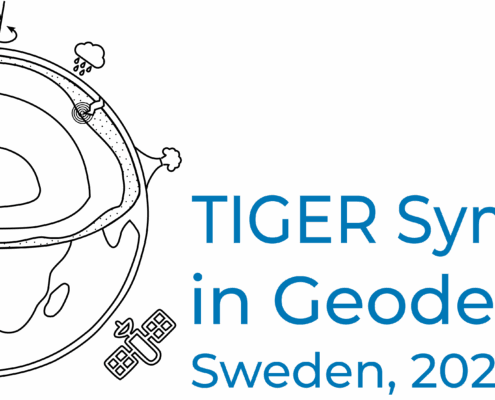
TIGER Symposium in Geodesy 2026 | Save the date: Sept. 28 – Oct. 1
We will be hosting the TIGER Symposium in Geodesy 2026 in Gävle, Sweden. The symposium is organized by the International Association of Geodesy (IAG) Commission 3 and will bring together scientists working on Earth rotation, geodynamics, crustal…
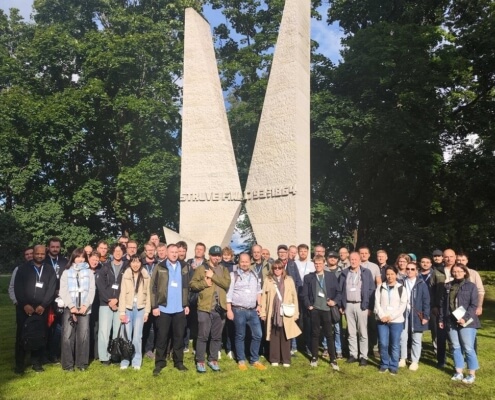
From Struve to Space: 11th Nordic Geodetic Commission Summer School held in Estonia 2025
The Nordic Geodetic Commission’s 11th Summer School "From Struve to Space" gathered 61 participants from 13 countries in Tartu, Estonia (Aug 25–29, 2025). Hosted for the first time on the Baltic shore, the event blended history and innovation — exploring GNSS, machine learning, and geodesy’s future. A collegial, inspiring setting connected young researchers with Struve’s scientific legacy.
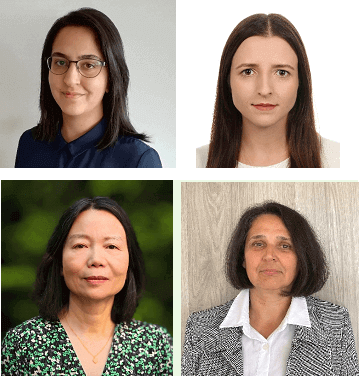
IAG Honors Outstanding Contributions in Geodesy: Awardees of 2023 and 2024
The International Association of Geodesy (IAG) has honored four outstanding scientists with its Young Author’s and Best Reviewer’s Awards for 2023 and 2024. The recipients are Dr. Safoora Zaminpardaz, Dr. Justyna Śliwińska-Bronowicz, Dr. Bailing Li, and Dr. Judit Benedek. These awards recognize excellence in scientific research and dedicated service to the geodetic community worldwide.
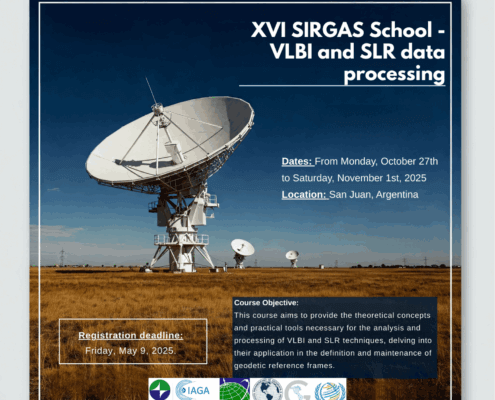
16th SIRGAS School: “VLBI and SLR Data Processing”
The 16th SIRGAS School (San Juan, Argentina | Oct 27–Nov 1, 2025) will train professionals in VLBI and SLR data processing, strengthening geodetic capacities in Latin America through theory and practice at the Félix Aguilar Astronomical Observatory. Join us.
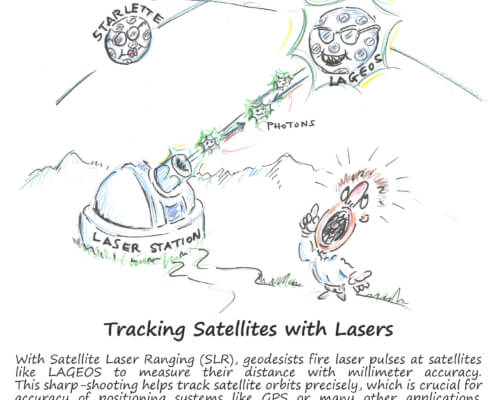
Satellite Laser Ranging – How SLR Powers Geodesy
Discover Satellite Laser Ranging (SLR) – lasers from ground stations measure satellite and Moon positions with millimeter precision. SLR supports the Terrestrial Reference Frame, tracks Earth rotation, tectonic motion, improves gravity and sea level models, and tests relativity. Explore the science behind these precision measurements in our Geodesy Cartoon.
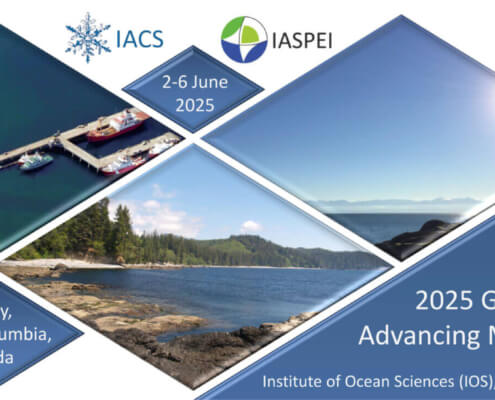
Meeting Summary – Glacial Isostatic Adjustment Workshop 2025
The 2025 Glacial Isostatic Adjustment Workshop took place June 2–6 in Sidney, BC, Canada, with 136 participants from 23 countries. Topics included Earth rheology, ice sheet dynamics, and sea-level change. Highlights included strong early career researcher participation, a field trip, and new initiatives like a GIA model database and a planned open-source tutorial.
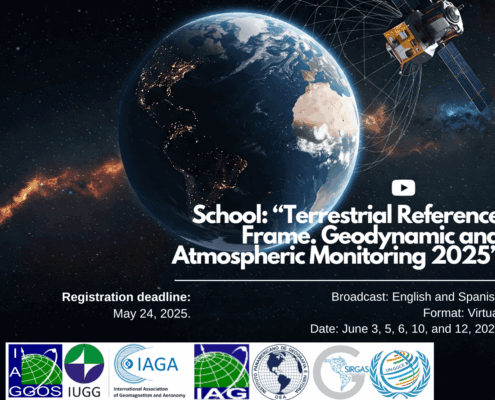
Geodesy Virtual School 2025 – Summary
The 2025 Geodesy Virtual School focused on reference frames and Earth system monitoring, held in five free online sessions coordinated from Argentina with support from SIRGAS, IAG, IUGG, and others. It featured 37 instructors and global participation, especially from the Americas. All lectures, in English or Spanish with subtitles, are available online, promoting inclusive, high-quality geodetic training worldwide.
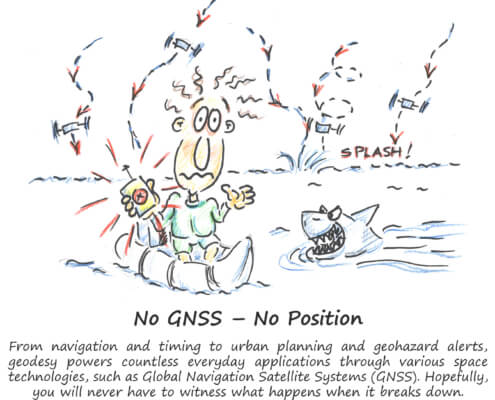
Lost Without Geodesy
What happens if geodesy disappears? Phones, planes, and warning systems would fail. Our cartoon “Lost Without Geodesy” shows how vital this invisible science is. Geodesy powers GNSS, enabling precise positioning, earthquake monitoring, sea level studies, and more. Without it, GNSS would drift and global systems would collapse.

